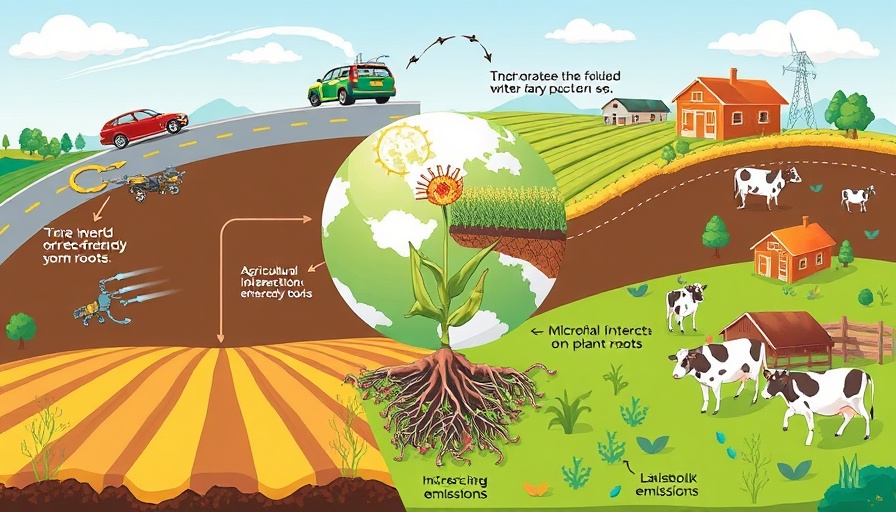
Could Microbes Be the Key to Tackling Climate Change?
As our planet grapples with the severe repercussions of climate change, an unexpected ally in the fight may be the humble microbes teeming in our soils and waters. A recent report from the American Society of Microbiology (ASM) and the International Union of Microbiological Societies (IUMS) suggests that harnessing these microscopic organisms could usher in a new biological revolution, pivotal in mitigating climate change and reshaping our economy.
Microbial Solutions: An Overlooked Resource
The report highlights that microbial solutions have been largely overlooked despite their potential. Authors argue that such technologies could be both safe and economically viable while offering actual results in the short term, within five to 15 years. This could signify a critical turning point in human history, as the world transitions from an economy heavily reliant on fossil fuels to one that utilizes biological processes as a sustainable alternative.
What Are Microbes Doing to Help?
Specific species of microbes can consume organic matter to create clean bioenergy while simultaneously sequestering carbon, capturing harmful emissions from the atmosphere. The report estimates that if implemented on a large scale, microbial energy production could generate up to 245 exajoules by 2050. To put that in perspective, coal produced about 180 exajoules in 2023. This shift could drastically reduce greenhouse gas emissions and provide alternative energy sources for industries and transportation.
The Biological Revolution: Renewable Energy through Microbes
Indeed, we stand on the brink of a biological revolution, according to scientists like Rino Rappuoli of IUMS. The right strategies could shift our economy from fossil fuel dependency to sustainable practices that microbial technology can provide. By embracing these solutions, we could not only minimize environmental damage but also enhance food security and promote crop resilience.
Bridging the Gap between Science and Public Understanding
While the potential of microbial solutions is exciting, there is a pressing need to bridge the gap between scientific research and public understanding. Many communities remain unaware of how these solutions could practically impact their lives. Educational initiatives and community engagement could spark interest in microbial applications while generating support for investments in microbial research.
A Call to Action: Embrace Microbial Innovations
As we face escalating climate-related challenges, the focus should shift to innovative solutions—such as leveraging microbial power for biofuels and clean manufacturing processes. If we harness this potential, we could reshape how we approach energy production and environmental stewardship. Now is the time for community leaders, policymakers, and investors to advocate for the research and development of microbial technologies, ensuring a more sustainable and resilient future.
 Add Row
Add Row  Add
Add 




Write A Comment